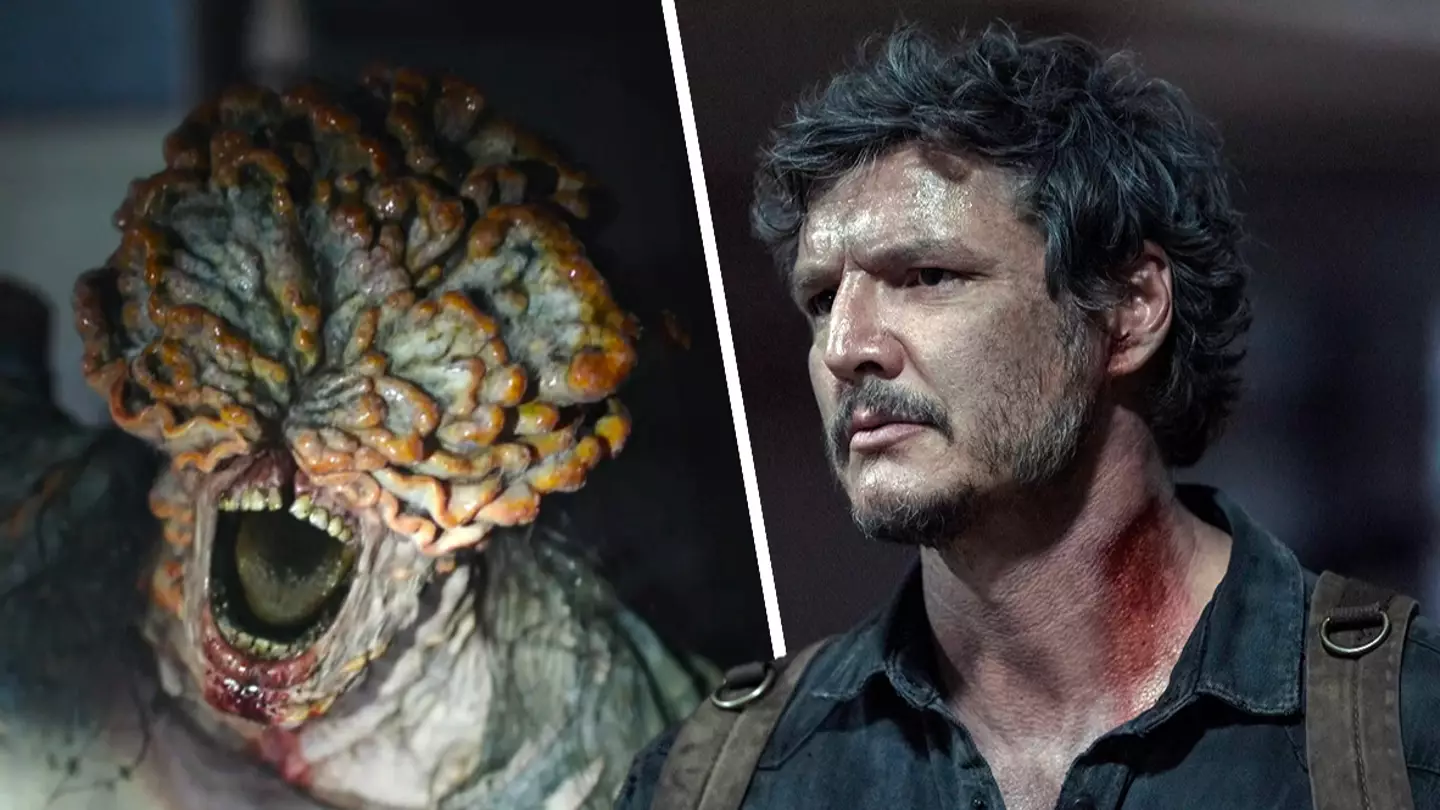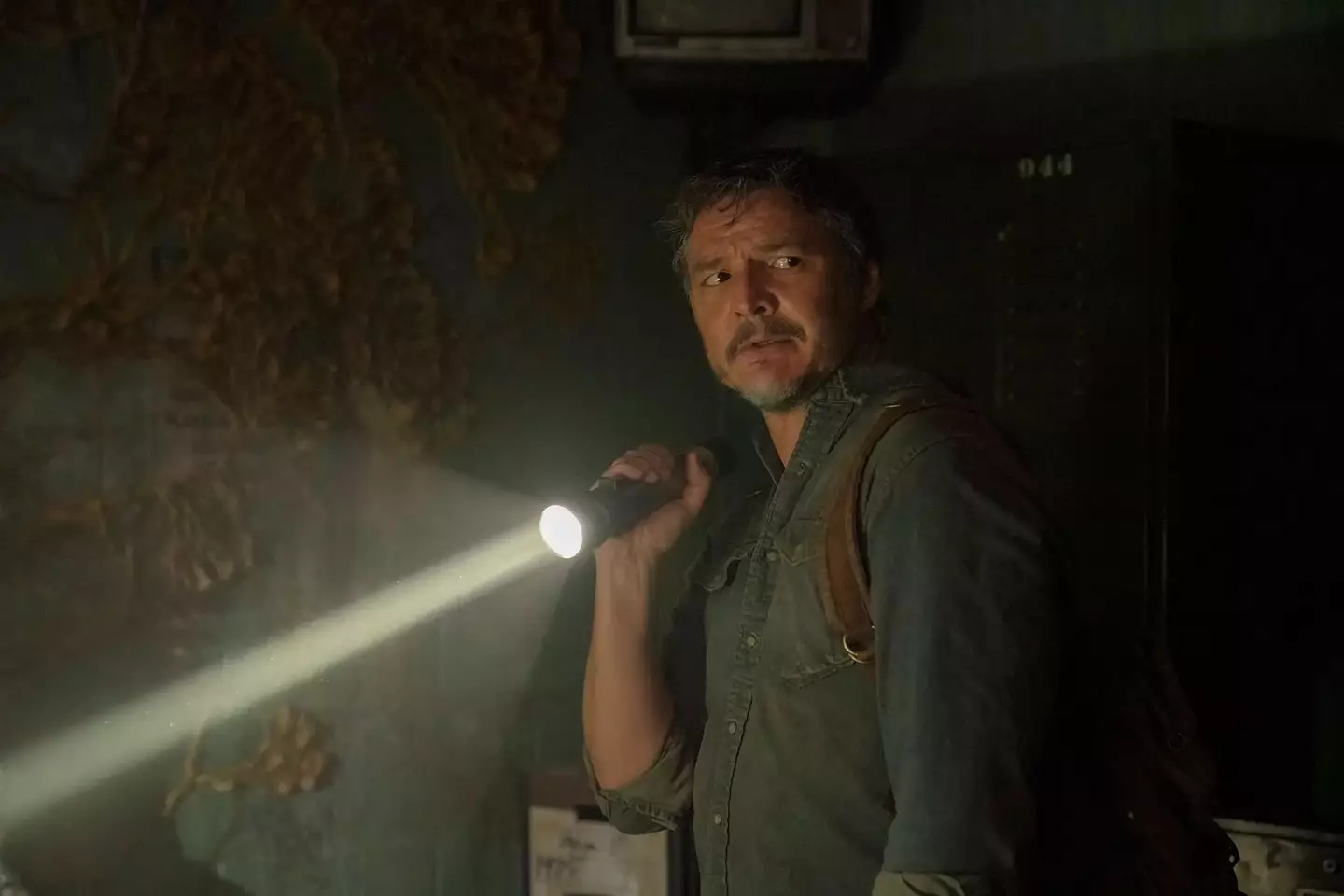

It’s been a thrilling nine weeks but alas, season one of HBO’s The Last of Us has drawn to a close. Soon after the premiere aired, The Last of Us was branded as the greatest video game adaptation of all time. It’s a game I hold close to my heart, and I believe the claim to be wholly true.
Throughout the last couple of months, I’ve poured everything into trying to understand what it is that makes HBO’s The Last of Us so heart-wrenchingly brilliant. It’s a series that picks out and examines with microscopic detail the game’s very best themes. The show is a masterclass in bringing gameplay to life, making a threat designed to work in a video game function effectively in a TV environment. It spent a great deal of time warning viewers that love can prove to be more corrupting and dangerous than any kind of fungus. As we near the end of this run though, I feel it’s important for me to point out that while I wholeheartedly adore The Last of Us, this adaptation isn’t without its flaws.
The Last of Us Part I launches on PC on 28 March.
I’m not the first to say it, but I do believe that The Last of Us underused the infected. You may call me contradictory. Back in episode two, I praised the series for its handling of the infected. For example, I was happy to see clickers used sparingly. A duo was enough to pose a real threat for Joel, Ellie, and Tess - a deadly encounter for the latter. It was a welcomed reminder that infected are not cannon fodder in the series. That kind of throwaway attitude simply wouldn’t have worked in a TV environment.
Advert
Likewise, I enjoyed the fact that the show’s bloater could not be killed. It’s eerie to think that these rare but deadly types of infected exist and if you find one, there’s nothing you can do but run. The issue is, as The Last of Us entered the latter half of its first season - post the Kansas City horde - infected ceased to have any kind of presence. I certainly don’t want the show to go in the opposite direction and overuse the infected for the sake of action, but the stark absence of these foes in the final run of the season feels like both a mistake and a missed opportunity.
It’s almost as if The Last of Us is too scared to utilise the infected at times. It’s clear that the series wants to separate itself from shows like The Walking Dead which rely more heavily on action-packed zombie sequences, plus The Last of Us has always been about the humans at the centre of this cordyceps-infected world, not the infected themselves. That being said, if you omit the infected, you’re excluding perhaps the biggest factor that’s driving these human characters.


I don’t particularly think that episode eight, centred around David, required infected - there was plenty going on. Episode nine’s short run time on the other hand, felt like it was crying out for just one more scene. Ellie and Joel risked everything to make it across the country. Think of everyone they’ve lost in the process - Tess, Sam, Henry, plus Joel almost died himself. Ellie was taken by David in what must’ve been an incredibly traumatising experience. They’ve put every fear aside, the safety of Jackson aside, to make this journey to do what? Find a cure.
Advert
Ellie and Joel believe that everything they’ve been through is worth it because at the end of this arduous journey, they could save humanity. HBO’s The Last of Us certainly depicts a world that needs saving. The only problem is, if we’re to acknowledge the way the world is conveyed in the show, it doesn’t necessarily need saving from a virus. The most pervasive threats in the latter half of the series are very human. Finding a cure for the infection isn’t going to eradicate that.
The season started off strong. The infected were not overused yet instilled intense fear. Truly, I believe all it would have taken is perhaps one extra scene reminding the viewer what all of this is for because that’s going to play a major role in the relationship between Joel and Ellie in season two, which we know is on the way. If you’ve played the game, you’ll recall that there’s one big final infected chapter prior to reaching the hospital. Ellie and Joel are forced to take an underpass into the city where they encounter runners, clickers, and several bloaters.
I definitely wouldn’t have liked to have seen anything on that scale. That would undermine what I said earlier about the show knowing how to deploy the infected, but a reduced version of this scene should’ve been included. I also completely understand that utilising too many bloaters would diminish their impact. Ellie and Joel could’ve just encountered a couple of clickers and runners in the underpass before reaching the hospital - no more than four. From what we’ve seen in previous episodes, we know that would’ve posed a major threat.
.jpg)
.jpg)
Advert
Sure, in essence, this would’ve been an action scene but that’s nothing to be afraid of because it wouldn’t have been meaningless - not in the slightest. By placing Ellie and Joel in danger, by having them fight against the infected one last time, The Last of Us would’ve circled back to reminding viewers why the cure is so crucial - and therefore why this journey is crucial. The scene could have, once more, highlighted the threat that without Ellie, humanity might never be able to overcome.
Beyond that, it could’ve elevated the season’s most pivotal scene. I’m referencing the Firefly hospital shootout. It’s the most important decision that Joel makes, deciding to kill all of those Fireflies in the name of saving Ellie. In saving her, in killing the doctor, he’s throwing away the possibility of a cure. He’s condemning humanity to their fate. It’s not a decision to be taken lightly - and it’s a decision that will wholly dictate the path of season two. It’s already a powerful moment in the show but had Joel and Ellie had one final encounter with the infected on their way to the hospital, I can’t help but think that it’s a scene that would then hold so much more weight.
During the shootout, my concern as a viewer was directed towards the immediate human sacrifice regarding the ramifications of Joel’s decision. All of those lives ended to save Ellie’s. The loss of the cure felt secondary to that when it should’ve felt equal. With an added final infected encounter, that aspect would have been fresh in Joel’s mind as well as ours. The hospital shootout then instead becomes a realisation of ‘humanity isn’t coming back from this.’ In saving Ellie, Joel is condemning far more than those unlucky Fireflies in the hospital to death.
.jpg)
.jpg)
Advert
I never want to see The Last of Us overrun with infected, but it’s also wrong not to acknowledge their presence - even if it’s the occasional sight of fungus or the distant screech of a clicker. This is a story about humanity. It’s a story about love and loss and the dangers that accompany those feelings when they’re pushed to the extremes. That’s why people continue to relate to and adore The Last of Us, but the very human tale at the centre of this narrative is started by one thing: the outbreak.
The ever present threat of the infected causes some people to band together, forming communities. The fall of society brings out the monstrous side in others. For Ellie and Joel, the infected are a stark reminder of what’s at stake should they fail their journey or not see it through. The Last of Us should never be afraid to embrace that. It may not want to be known as a zombie show, but the infected are one of The Last of Us’ most important narrative components. It’s the inclusion of these beings that ultimately make those very human narrative beats pay off all the more.
Topics: The Last Of Us, Naughty Dog, TV And Film, Opinion